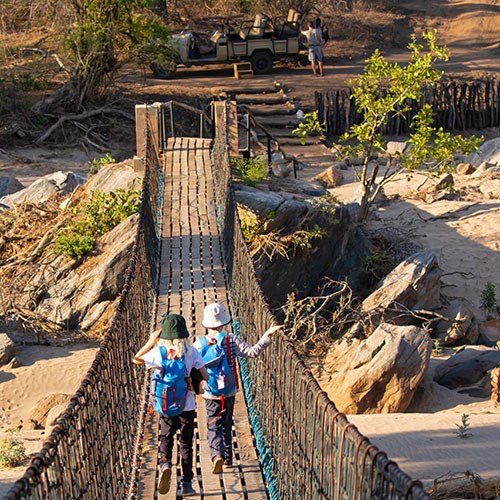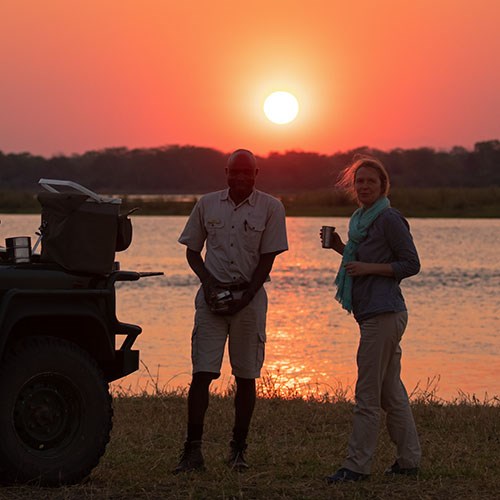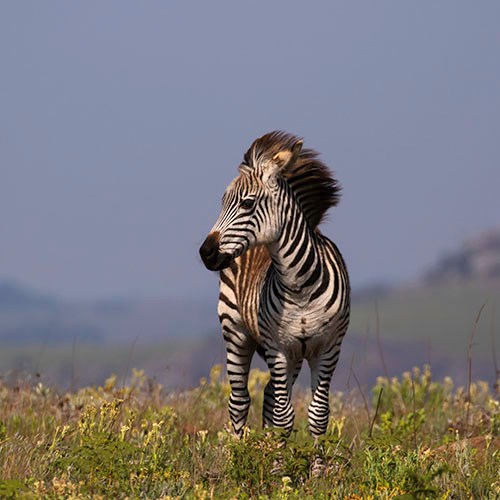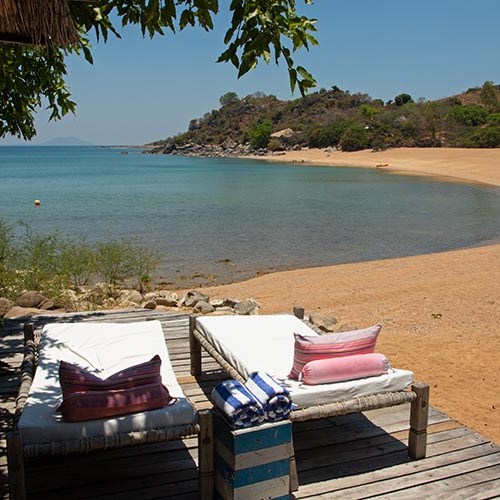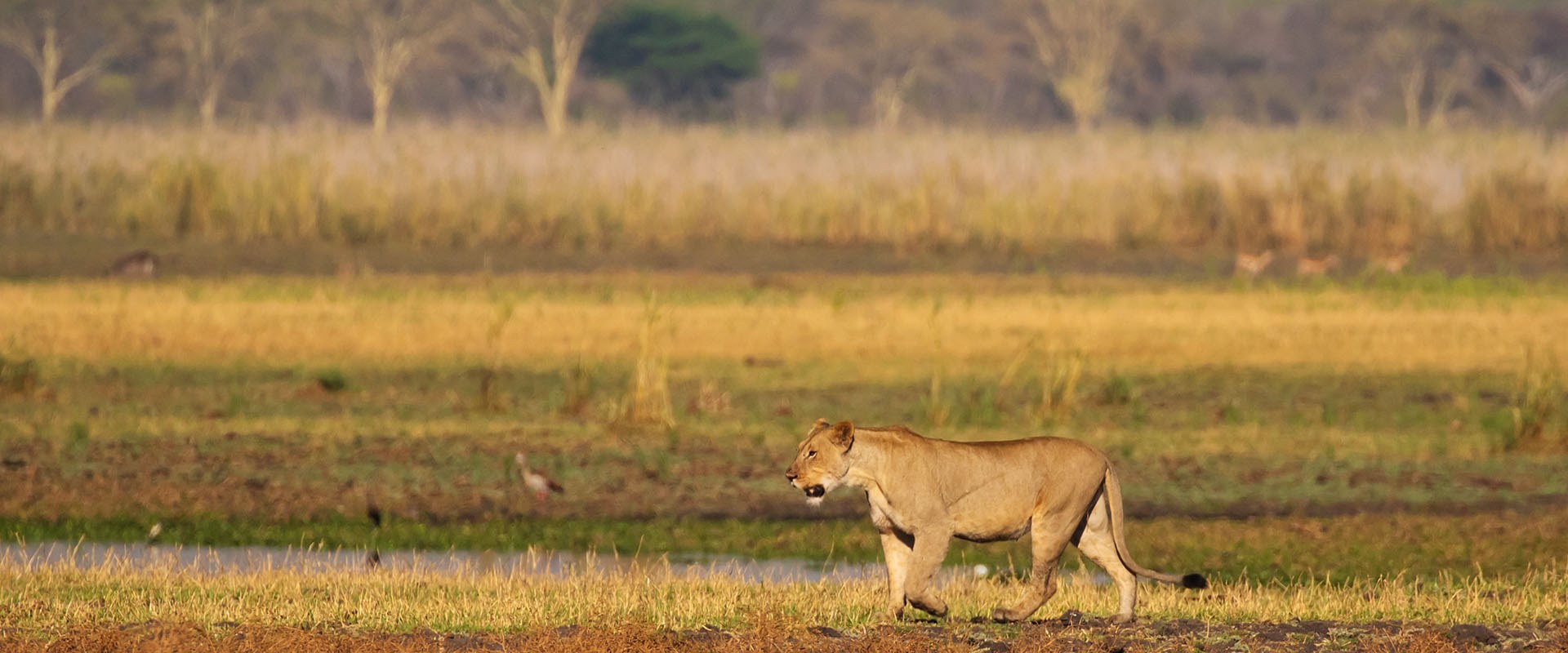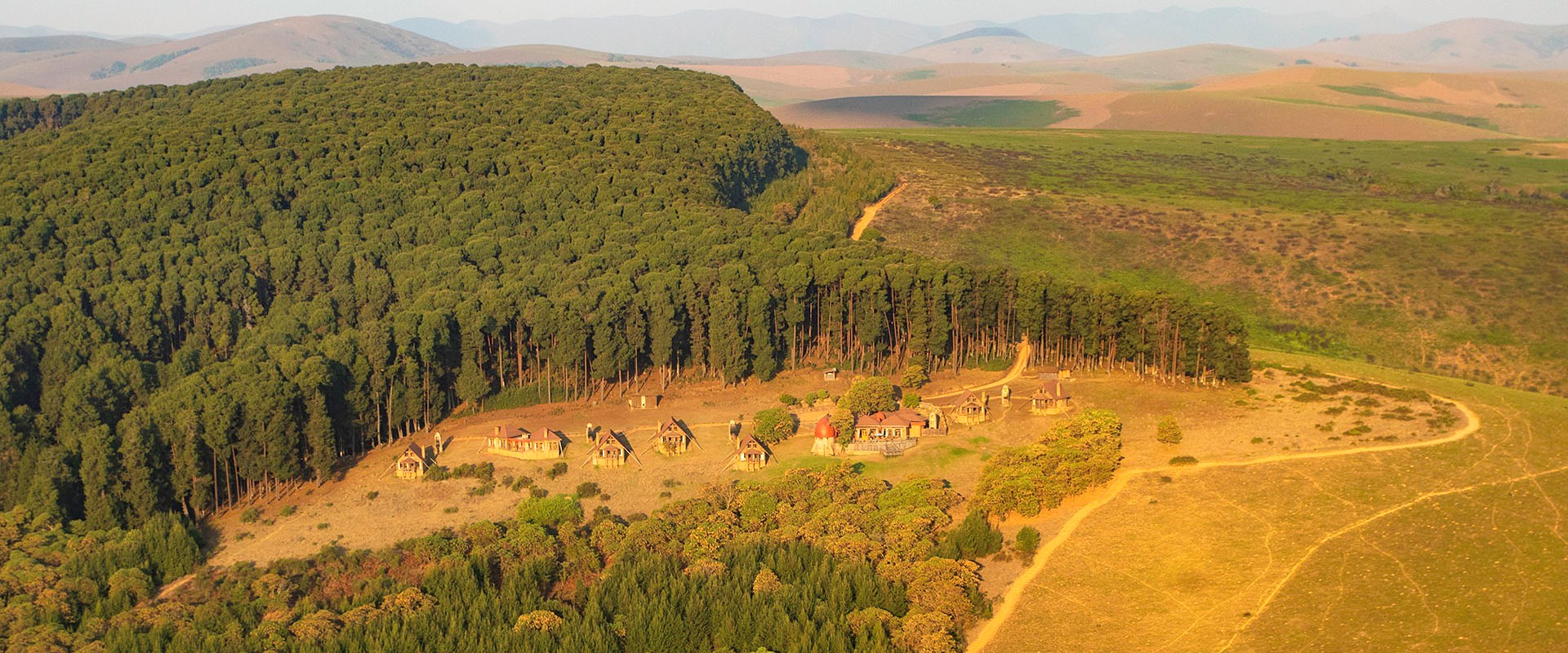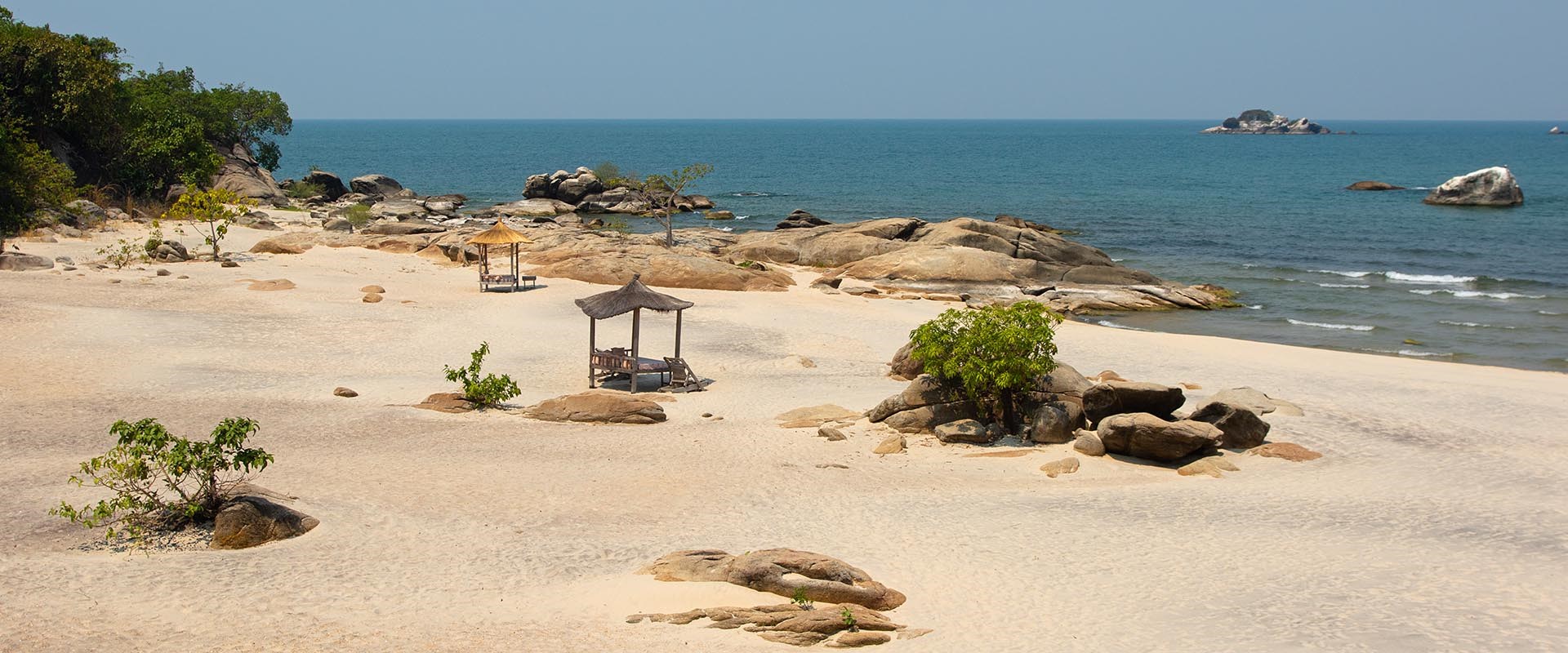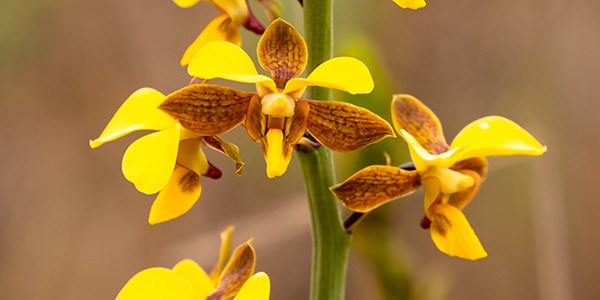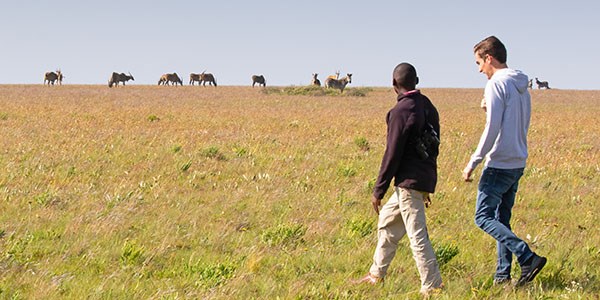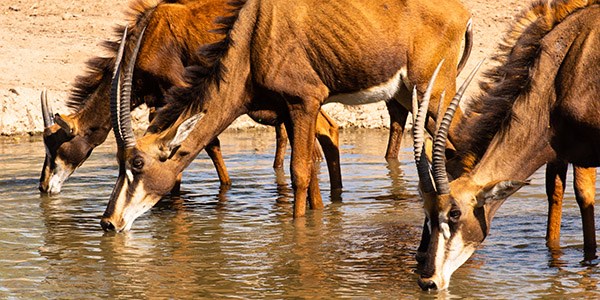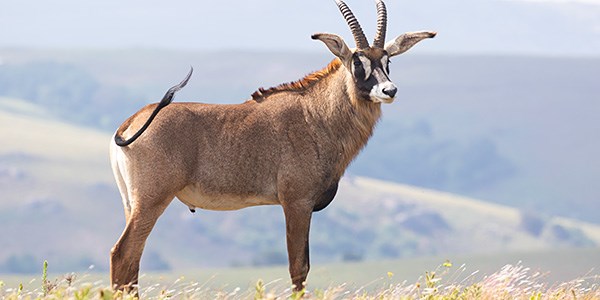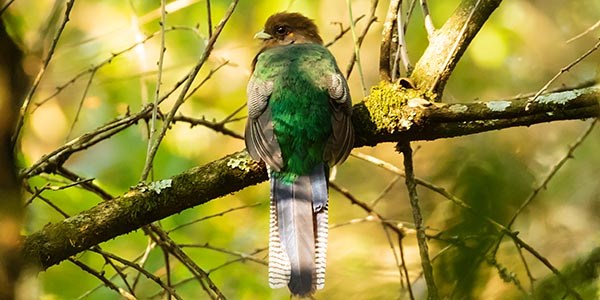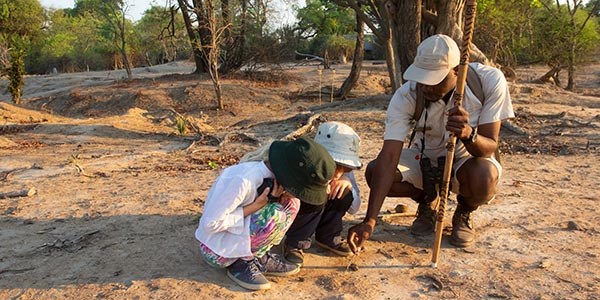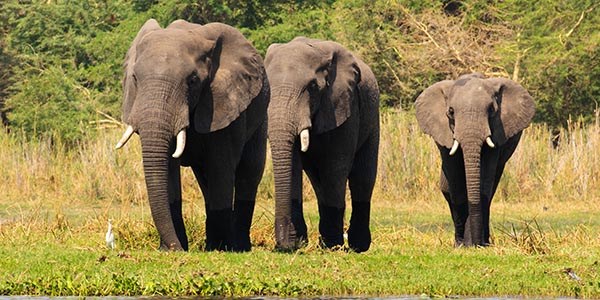![]()
Malawi as a safari destination? Most certainly. It is perhaps overlooked beside more popular neighbours, Zambia and Tanzania but it holds some real gems and still provides memorable experiences. Of course, with the long lake at over 580km long and practically and inland sea bordered by sandy beaches it also is a great destination to end a safari with some days of relaxation. For explorers there are a wealth of adventures to be found. Mt. Mulanje offers hiking trails, as does the Nyika plateau. Mountain biking is also popular and allows a great way to meet the friendly local peoples. There are many clichés, "the warm heart of Africa", "Africa's friendlist nation"; certainly highly populated, you will find people accessible and welcoming, often offering what little they have.
The key national parks are Majete Wildlife Reserve, Liwonde National Park, Nkhotakota National Park and Nyika National Park. Other reserves generally have simple accommodation and infrastructure. However, some locations should be on the list for those interested in bird watching in Malawi: Ntchisi, Zomba plateau, Mt. Mulanje, Dzalanyama. Birding this small country with around 650 recorded species and a number of near endemic and endemics is a delight and highly recommended.
Majete Wildlife Reserve has been returned to a thriving sanctuary for wildlife thanks to the reintroductions made by the major conservation organisation African Parks over the last 15 years or so. The reserve bounds the Shire River through the Lower Shire Valley where it runs a rocky course that once thwarted Livingstone. Mostly forested there are a number of waterholes to sustain the wildlife in the higher regions of the park. Game viewing is primarily by vehicle and off-road driving is not possible due to the vegetation. Afternoon drives usually finish with a spotlighting return to camp. Morning guided walks are made from Mkumuladzi Lodge.
Liwonde National Park is perhaps the jewel of Malawi's national parks. It has a dense and varied wildlife population, interesting bird life and the possibility for bush walks, river trips as well as game drives and night drives. Beyond the slow-flowing Shire River there is mopane forest and a large open floodplain area characterised by large termite mounds, bogs and grasslands. Accommodation is within the park at either Mvuu Lodge & Camp or at Kuthengo, a small tented camp. This national park combines well with itinerary in the south of Malawi, on journeys through the country, as a bush and beach break or with neighbouring wildlife parks in Zambia.
Nkhotakota National Park, like the two mentioned above is also managed by African Parks. Dense miombo woodland surrounds the Bua River and adjoining valleys, this is a huge wildlife reserve that took in the translocation of 500 elephants. Safari activities here are primarily walks and canoeing on the Bua River, it is a place to discover the smaller wildlife and to understand the woodland ecosystem. Equally it makes a good place to relax or toengage with the local communities. Tongole Wilderness Retreat supports a number of schools in the area.
Nyika National Park is an upland area north of Mzuzu and bordering Zambia and undoubtedly one of the highlights of Malawi. The highlands are characterised by rolling grasslands, mountain streams and a patchwork of haegenia woodland. The grasslands support a range of antelope: eland, roan, common reedbuck, common duiker and bushbuck. Nyika also has a high density of leopards and finds the occasional lion. It is an important area for bird watching with Denham’s bustard, the endemic red-winged francolin, bar-tailed trogon in the woodland patches, wing-snapping cisticola and yellow-crowned canary flying over the flowering slopes, whilst scarlet-tufted sunbirds can be seen among the protea flowers dotted among rocky outcrops.
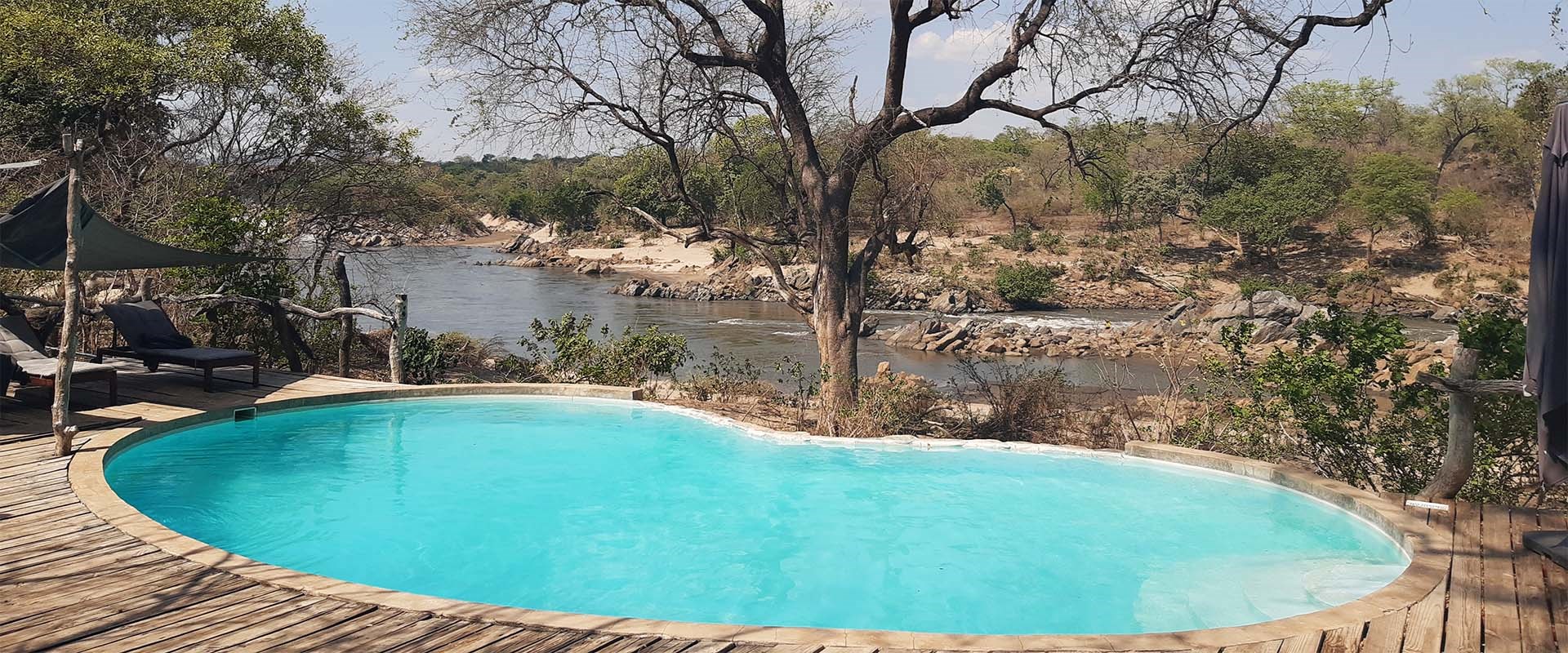
 +44 (0)1625 838225
+44 (0)1625 838225 Enquire
Enquire